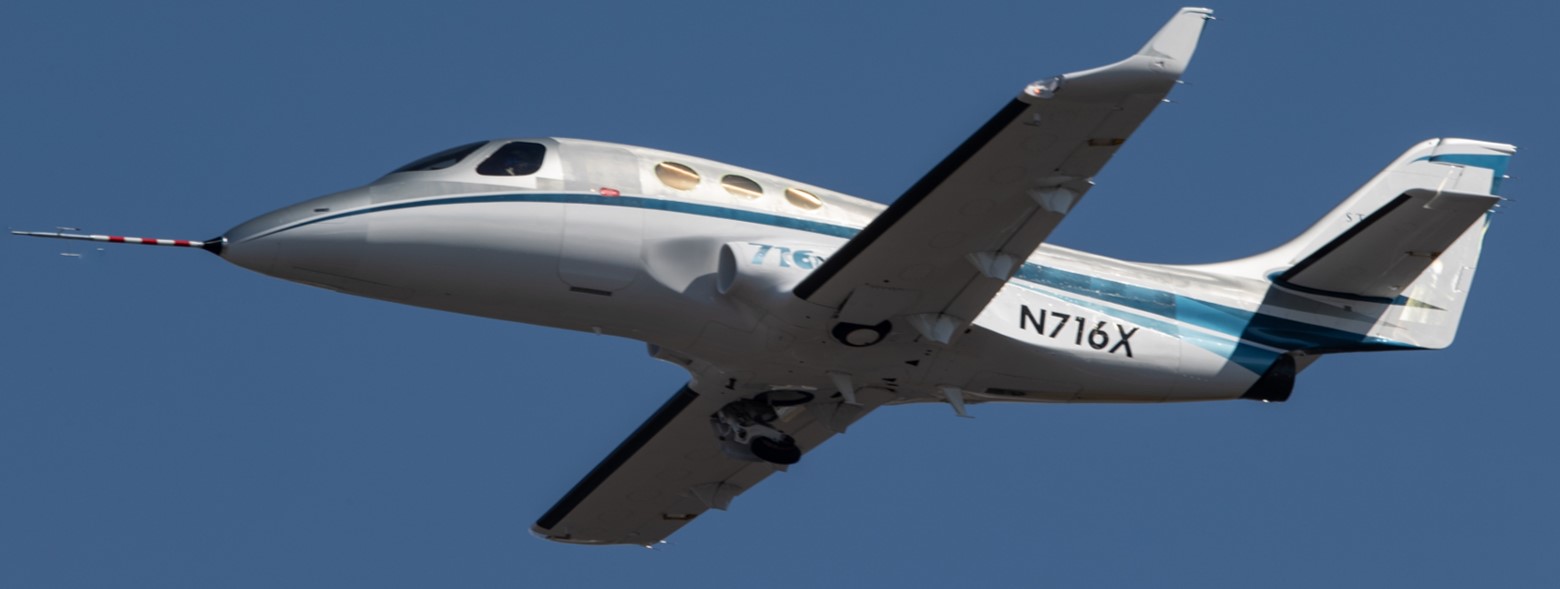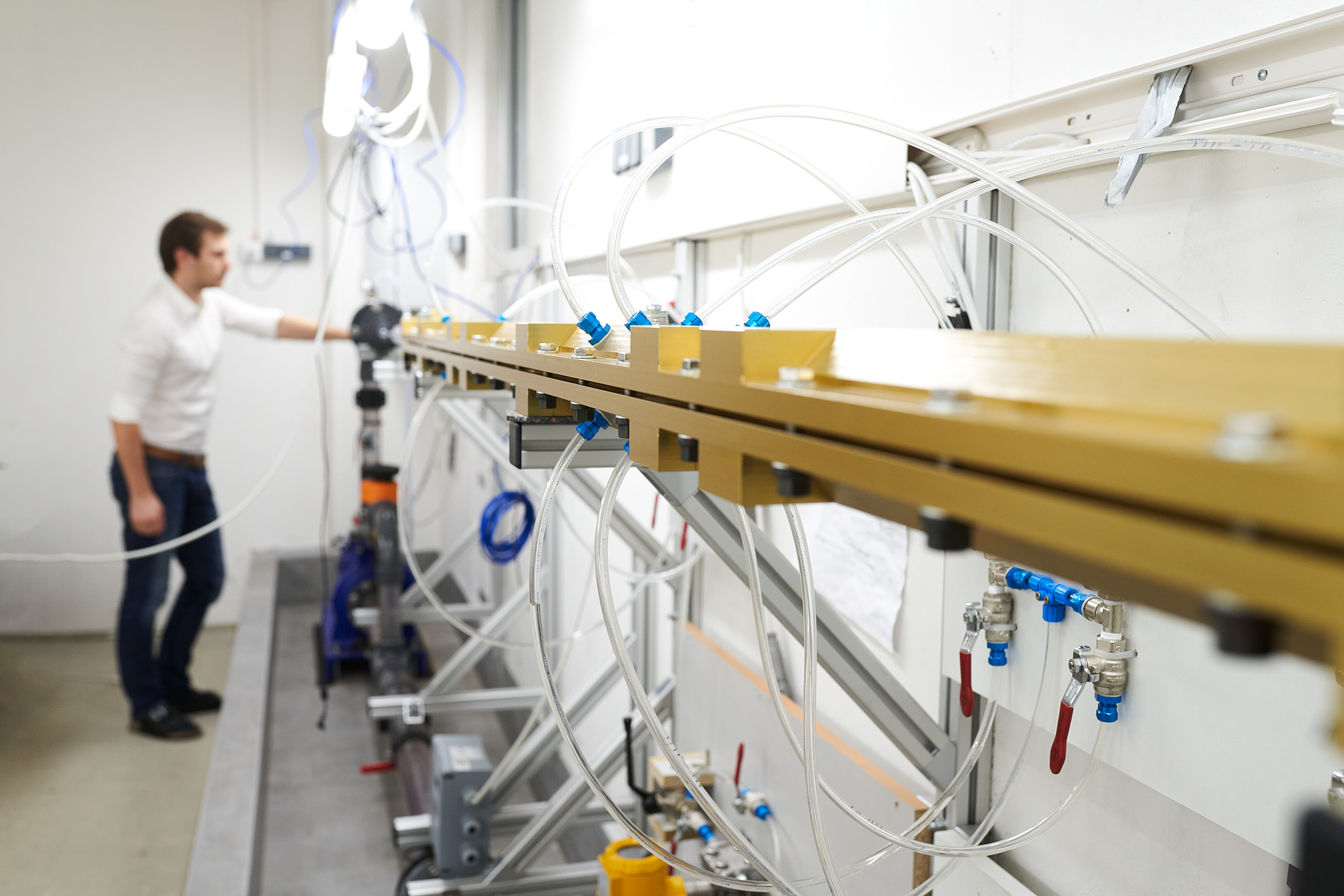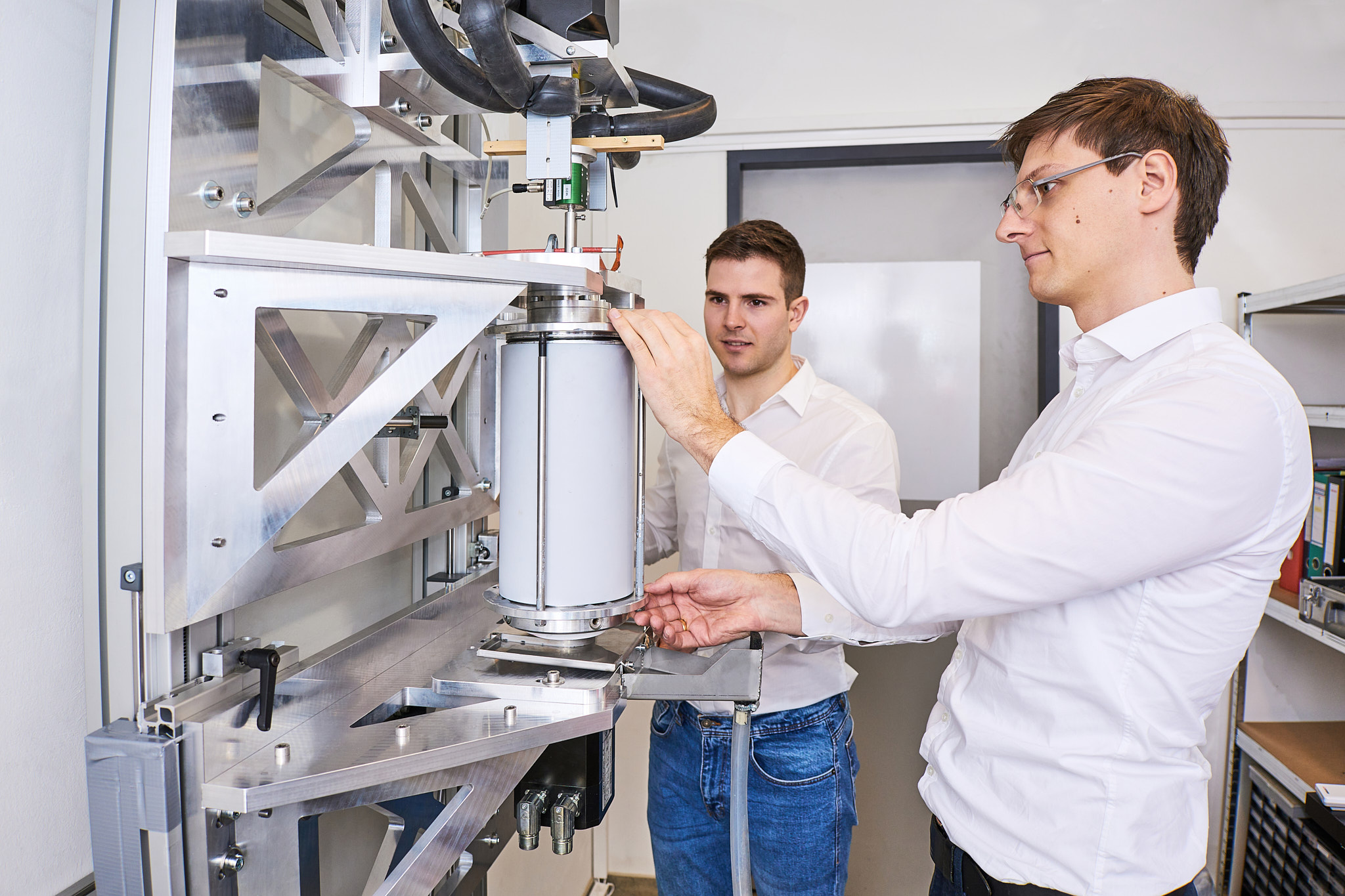Engineering

Riblet surfaces are an effective features to passively lower the surface friction and reduce fluid-dynamic drag. By interacting with the turbulent boundary layer, a remarkable reduction of up to 10% can theoretically be achieved. However, in practical applications up to 8% of reduced drag are realistic for the optimal and simple case of a flow over a flat plate. To maximize efficiency gains, Riblets must be adapted to the local flow conditions and therefore vary in size and orientation depending on the specific location on an object’s surface. The ideal Riblet size is basically a function of the fluid’s properties, mainly viscosity, and the flow conditions, mainly velocity. In this sense, the tip to tip spacing of Riblet structures largely alters between 10 and 1000 micrometers.
Valid and accurate data for the design of Riblet surface structures is created by the deployment of Computational Fluid Dynamic (CFD) simulations. Simulation methods further enable the creation of digital twins, which provide reliable information about performance and operational behavior of a system. The feasible Riblet layout for an object depends on the specific manufacturing technique.





